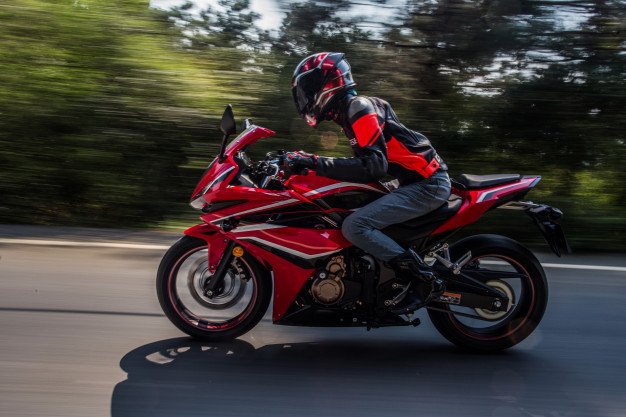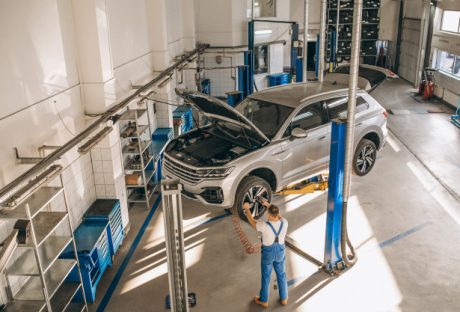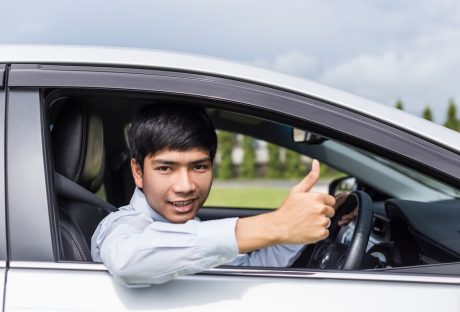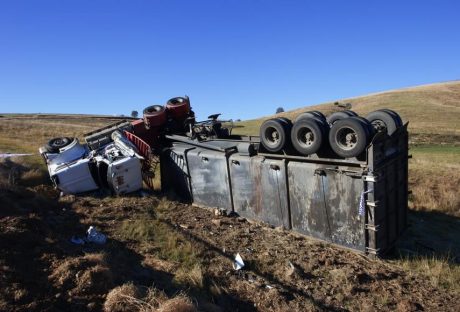If you go searching for bike advice online, you will find plenty of communities filled with dedicated enthusiasts. They may enjoy racing, trail riding or any number of other activities. However, not many are discussing daily use. So, you may be left wondering what the most comfortable bike style for a daily ride is. Below you will find some helpful guidance on a few of the most popular daily-use types.
Best Bike Types for Daily Use:
Hybrid Bike
A hybrid bike is a cross between a mountain bike and a road bike. It has wider tires than a road bike and upright handlebars. However, the tires are thinner than a mountain bike. Additionally, the sitting position is usually higher, and the gearing is better suited to road usage.
In other words, a hybrid bike brings together good elements of both road and mountain bikes to make a comfortable, flexible bike option. Many people first learn to ride on hybrid or similar bikes. Many hybrid bikes have front suspension. This helps make them more comfortable for slightly rougher terrain such as dirt trails.
Beach Cruisers
If you want to coast down the boardwalk, there is no better choice than a cruiser bicycle. These comfortable bikes have a relaxed posture, swept-back handlebars, and wide tires. They are not great for rushing around anywhere. However, if you want a daily ride that is comfortable to take anywhere, this may be the style for you.
Many people love the old-fashioned look of a cruiser. They don’t look as cool going up steep hills, however. These bikes are designed for flat surfaces, hence their popularity near the coast.
City Bikes
The term “city bike” is pretty broadly used. However, it is most associated with a type of bike intended for commuting, errands and general use in the city. It is somewhere between a hybrid and cruiser bike. The handlebars are swept-back, and the seating position is upright and relaxed. However, the wheels are more similar to a hybrid bike, as is the gearing.
Sometimes these bikes are called Dutch-style bikes due to their prominence in the Netherlands, especially Amsterdam. Some of these bikes even have a built-in generator to run a light at the front for safety.
Electric Bikes
Speaking of electric enumeration, e-bikes are another great choice for daily use. These bikes power a hybrid motor that can turn the wheels for you. They can be used completely powered over short distances and for extra assistance over long distances.
This is an excellent option if you make a long commute every day. For many city dwellers, commuting on an e-bike is significantly faster than driving due to the ability to skip past traffic. Electric bikes come in a variety of styles including all of the above. They make great daily-use bikes if you expect to use your bike a lot.
Find Yours:
Perhaps the most important factor in whether a bike is good for daily use is how comfortable it is. This can vary from person to person. Try a few styles out to find the right one for you and your needs.
Read More:






















